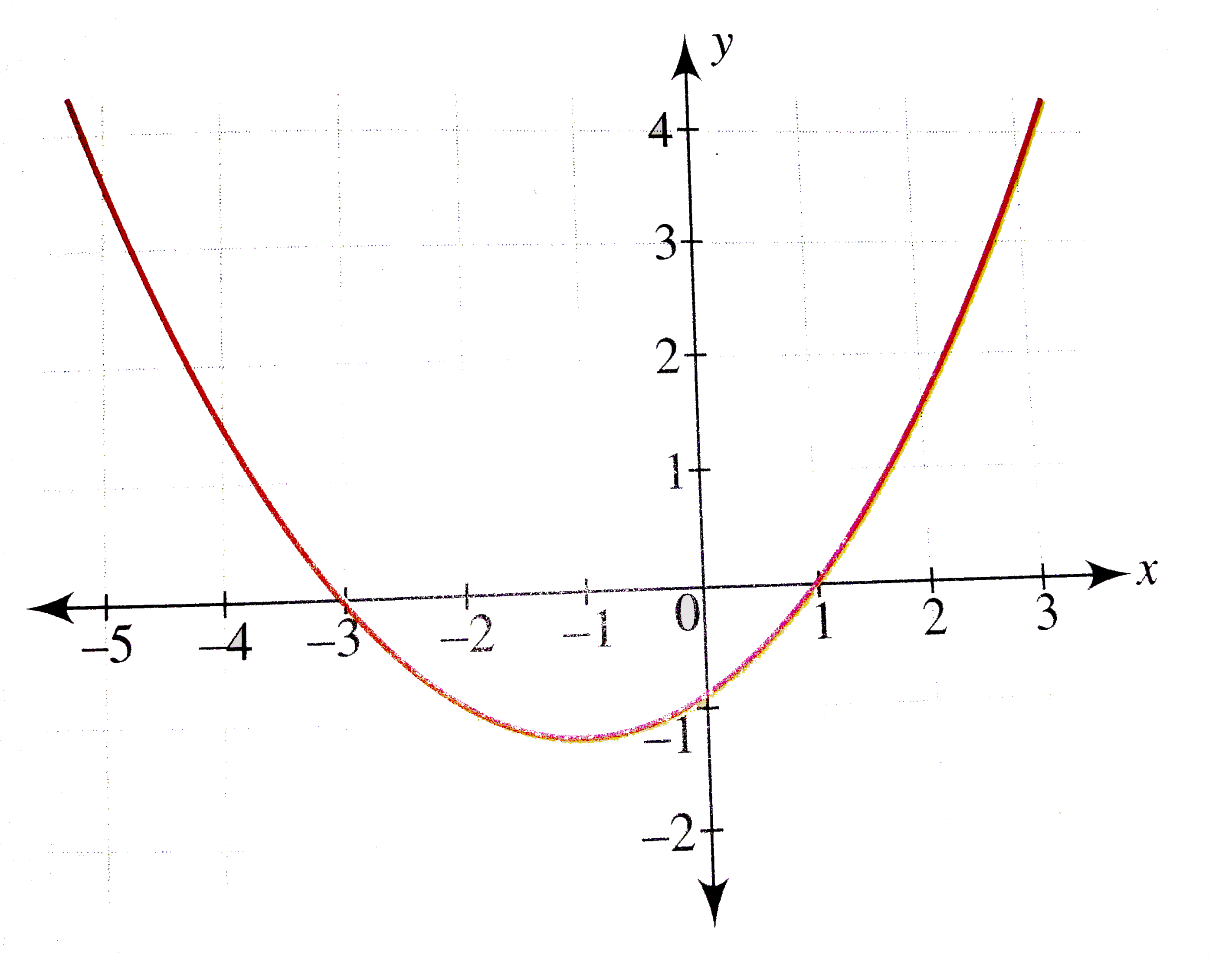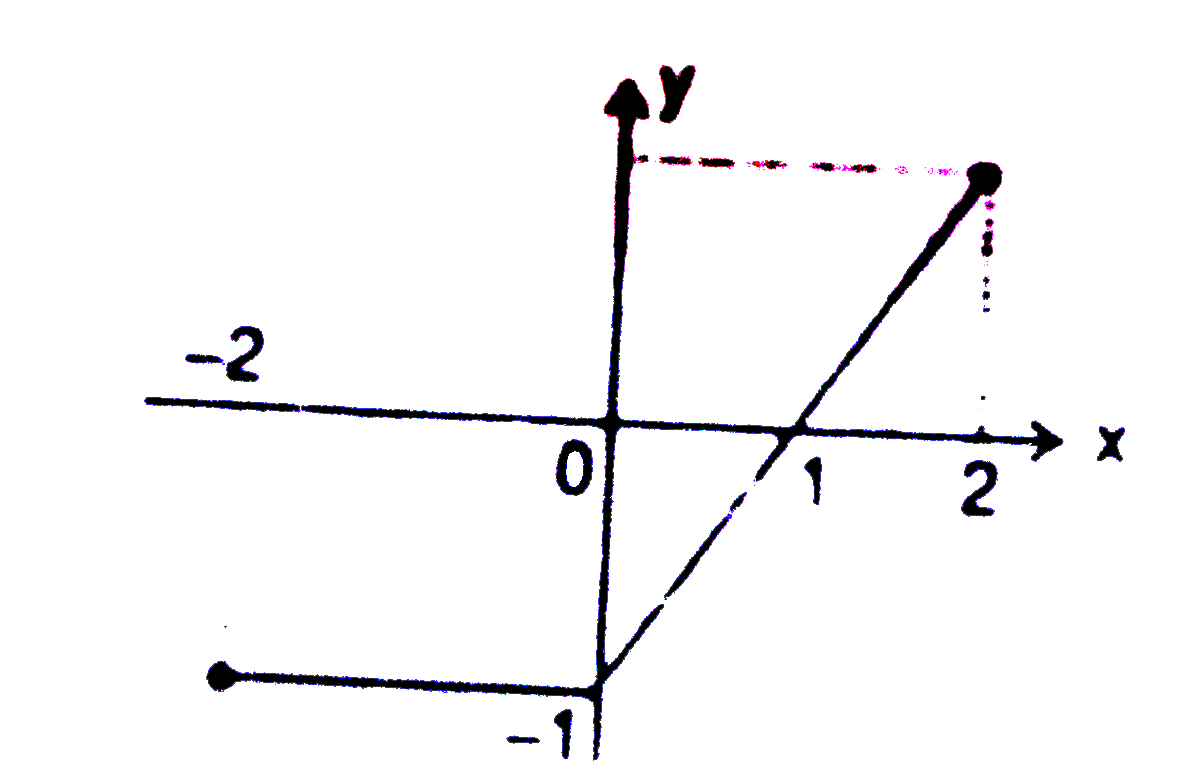If the graph of a diffierentiable function y =f(x) meets the lines y = -1 and y = 1, then the graph
A
mects the line y =0 at least once
B
meets the line y=0 at least twice
C
meets the line y= 0 at least thrice
D
doest not meet the line y = 0
Text Solution
The correct Answer is:A
|
Topper's Solved these Questions
- APPLICATION OF DERIVATIVES BOOK - MTG-WBJEECHAPTER - APPLICATION OF DERIVATIVES EXERCISE - WB JEE WORKOUT ( CATEGORY 2 : Single Option Correct Type (2 Marks) )
15 Videos
- APPLICATION OF DERIVATIVES BOOK - MTG-WBJEECHAPTER - APPLICATION OF DERIVATIVES EXERCISE - WB JEE WORKOUT ( CATEGORY3 : One or More than One Option Correct Type (2 Marks)
15 Videos
- A.P.,G.P.,H.P.BOOK - MTG-WBJEECHAPTER - A.P.,G.P.,H.P.EXERCISE - WB JEE Previous Years Questions ( CATEGORY 2 : Single Option Correct Type (2 Mark ) )
5 Videos
- APPLICATION OF INTEGRALSBOOK - MTG-WBJEECHAPTER - APPLICATION OF INTEGRALSEXERCISE - WE JEE PREVIOUS YEARS QUESTIONS (CATEGORY 3 : ONE OR MORE THAN ONE OPTION CORRECT TYPE)
3 Videos
Similar Questions
Knowledge Check
The graph of the function y=f(x) is symmetrical about the line x=2, then :
Af(x+2)=f(x−2)Bf(2+x)=f(2−x)Cf(x)=f(−x)Dnone of theseThe graph of the function y=f(x) is symmetrical about the line x=2, then :
Af(x+2)=f(x-2)Bf(2+x)=f(2-x)Cf(x)=f(-x)Dnone of theseIf the area bounded by f(x)=√1+x2(x>0) the line y = x,y axis and y = - x + a (a > - 1) is k, then area bounded by the graph of f−1 (x), the line y = x between the lines y = - x + 1 and y = - x + a is
A4k−14B2k−12CkDnone of these
Given the graph of the function y=f(x), draw the graph of y=sgn(x).

View SolutionGiven the graph of the function y=f(x), draw the graph of y=sgn(x).

View SolutionIf the graph of the function y=f(x) is as shown :

The graph of y=1/2(|f(x)|−f(x)) is
View SolutionIf the graph of the function y=f(x) is as shown :

The graph of y=1/2(|f(x)|−f(x)) is
View SolutionIf the graph of the function y=f(x) is as shown :

The graph of y=1/2(|f(x)|−f(x)) is
View Solution
